The initiatives are the latest moves by the Robert F. Kennedy-led HHS to enhance food chemical oversight.
The Food and Drug Administration (FDA) announced on May 15 that it is launching “a stronger, most systematic review process for food chemicals already on the market.”
Since Robert F. Kennedy Jr. took office as secretary of Health and Human Services (HHS) in February, removing harmful ingredients from the American food supply has emerged as a key initiative in his Make America Healthy Again (MAHA) platform.
“No parent should ever worry about what’s in their child’s food,” Kennedy said in a May 15 statement. “We’re taking decisive action and using every authority we have to clean up the food supply and protect American families.”
On May 14, Kennedy said in a post on X that the government “buried the ideology of chronic disease because they didn’t want to offend the large industries putting harmful chemicals in our foods and pharmaceutical products.”
“Americans are free to make their own decisions, but it is our duty to give them informed choices,” Kennedy noted.
According to the May 15 press release, the FDA will introduce multiple measures to address chemicals in food, including a “modernized, evidence-based prioritization” plan to review existing chemicals, a “final, systematic post-market review process shaped by stakeholder input,” and an updated list of chemicals under review.
The FDA will also take steps to expedite its review of chemicals currently under review, like phthalates, propylparaben, and titanium dioxide, according to the press release.
The agency will share information about the status of the work on its website.
The FDA has previously conducted post-market reviews on a case-by-case basis, typically in response to citizen petitions or new scientific evidence, according to the press release.
In February, after he started his role as HHS secretary, Kennedy promised that the agency would provide “radical transparency.” FDA Commissioner Marty Makary said on May 15 that the new measures reflect that objective.
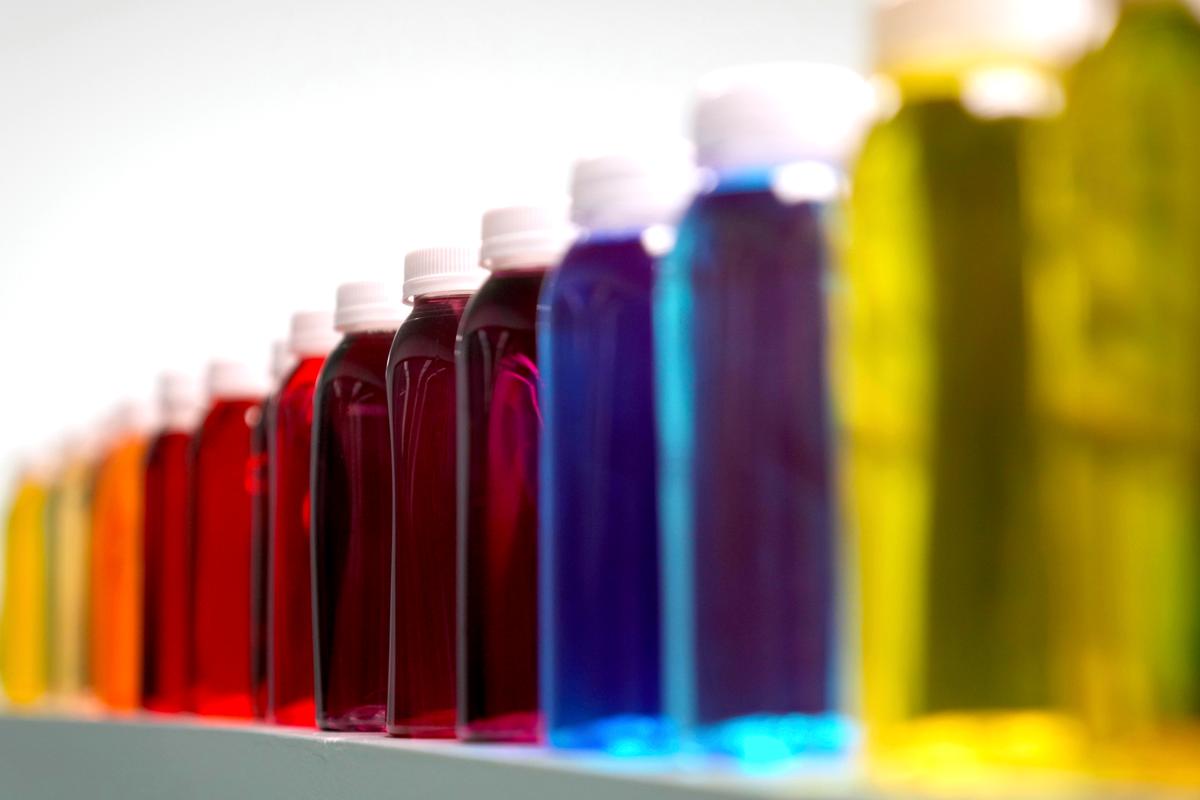
Bottles containing a variety of colored liquids sit on a shelf in a lab at Sensient Technologies Corp., a color additive manufacturing company, in St. Louis, on April 2, 2025. Jeff Roberson/AP Photo
“We are prioritizing our resources and leveraging gold standard science to create, for the first time, a systematic post-market review program that consumers can trust and rely on,” Makary said.
“Only by improving the safety and transparency of the food supply and ensuring consumers can make healthful food choices will we overcome the long-standing trajectory of chronic diseases,” he added.
Make America Healthy Again Commission
The initiatives announced on May 15 are the latest moves to enhance food chemical oversight.
In February, President Donald Trump established the Make America Healthy Again Commission after Kennedy was sworn in.
He tasked the commission to “assess the threat that potential over-utilization of medication, certain food ingredients, certain chemicals, and certain other exposures pose to children with respect to chronic inflammation or other established mechanisms of disease, using rigorous and transparent data, including international comparisons,” among other tasks.
After Kennedy became health secretary, West Virginia banned seven artificial dyes from food and drink products.
Last month, the FDA said it would phase out petroleum-based synthetic dyes from America’s food supply.
On March 10, Kennedy directed the FDA to explore eliminating the process that allows companies to self-approve “generally recognized as safe” (GRAS) substances without a review and the approval of the FDA.
Presently, manufacturers submit notices through the FDA’s GRAS notification program, which is not a mandatory process.
Companies would be required to publicly notify the FDA before introducing new ingredients to food items if the self-affirmation pathway is eliminated.
Makary said that the FDA is accelerating the review and approval of natural alternatives.
On May 9, the agency said it had approved two new natural color additive options and expanded approval of a third one. The additives are Galdieria extract blue, butterfly pea flower extract, and calcium phosphate.

 1 month ago
4
1 month ago
4


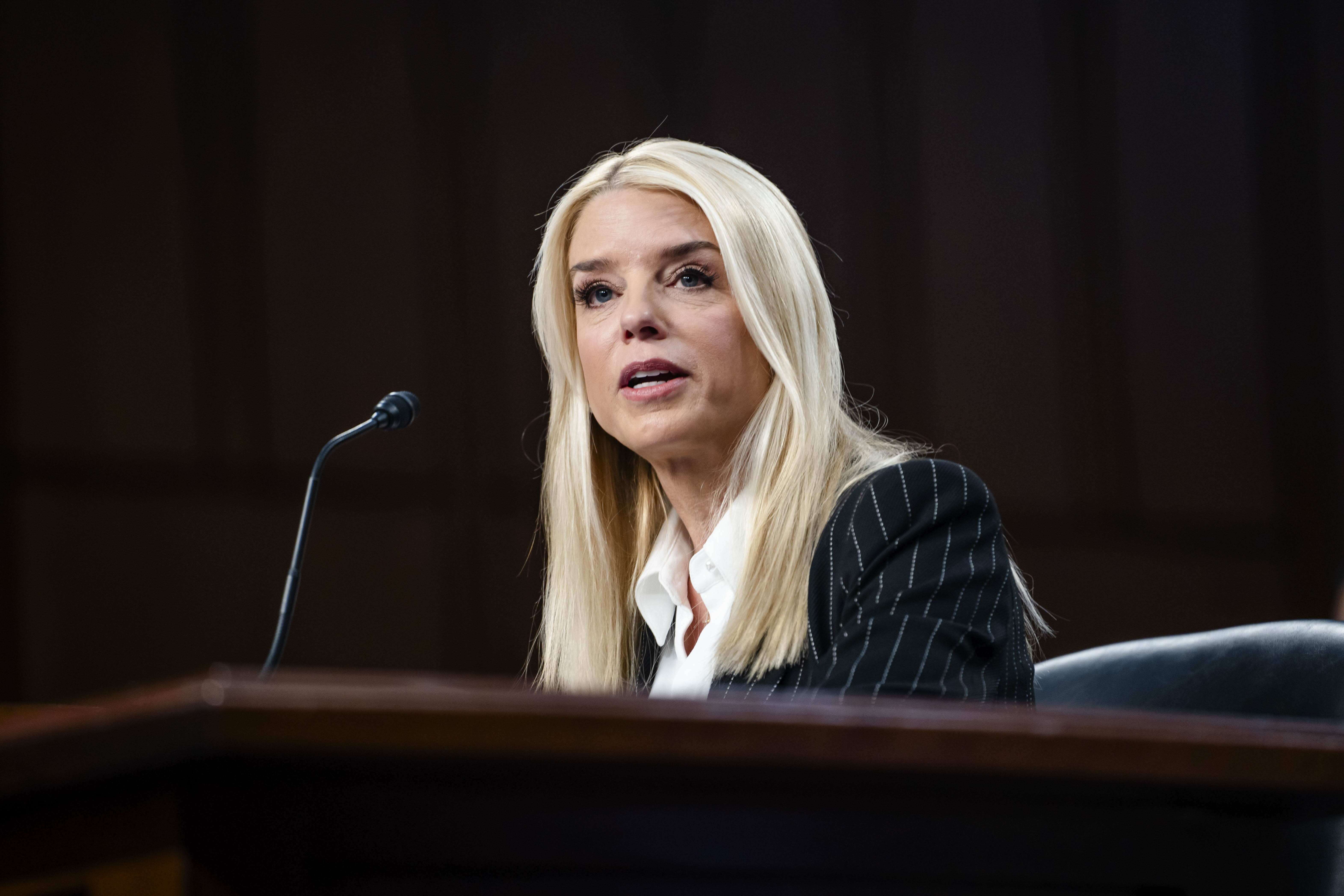
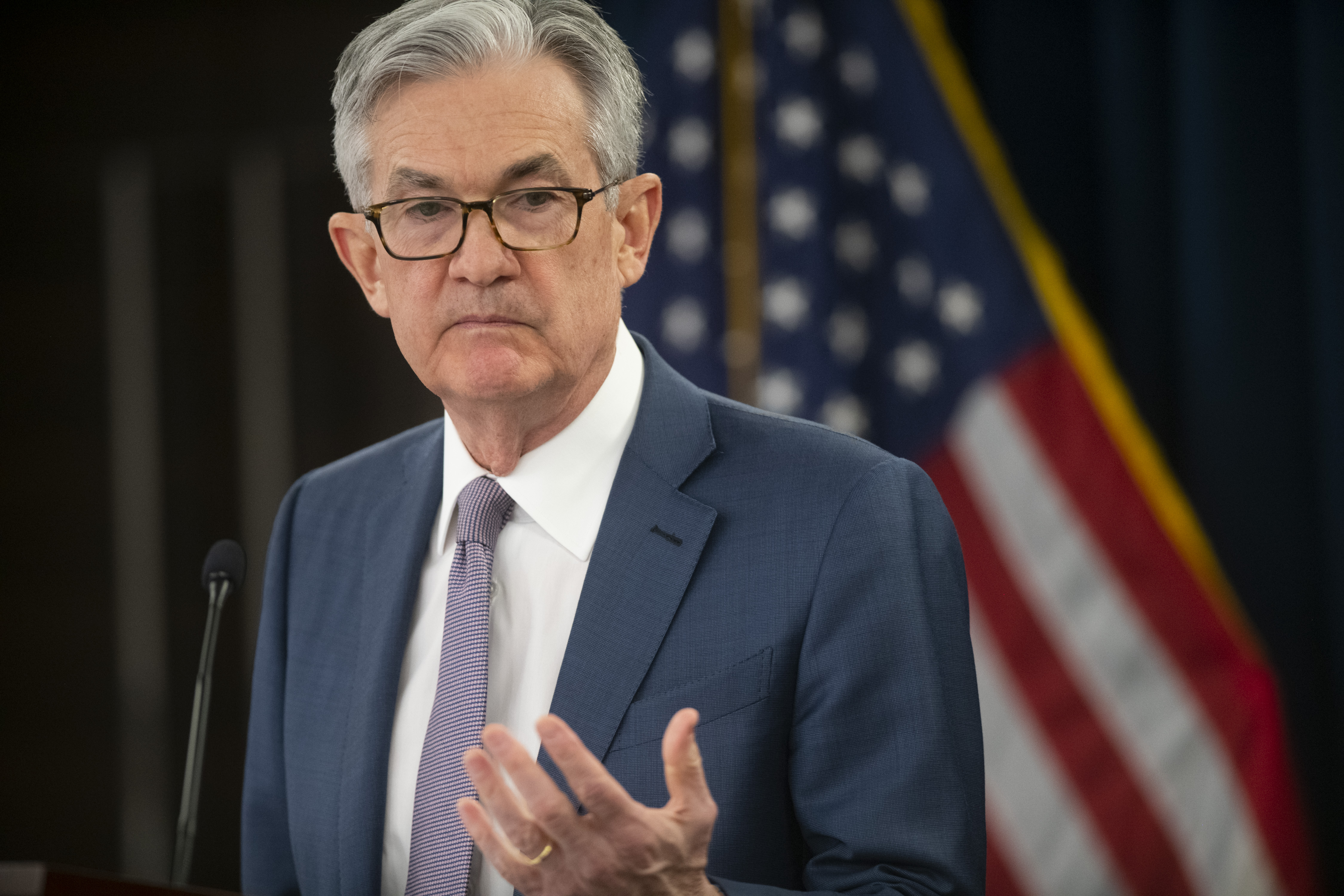
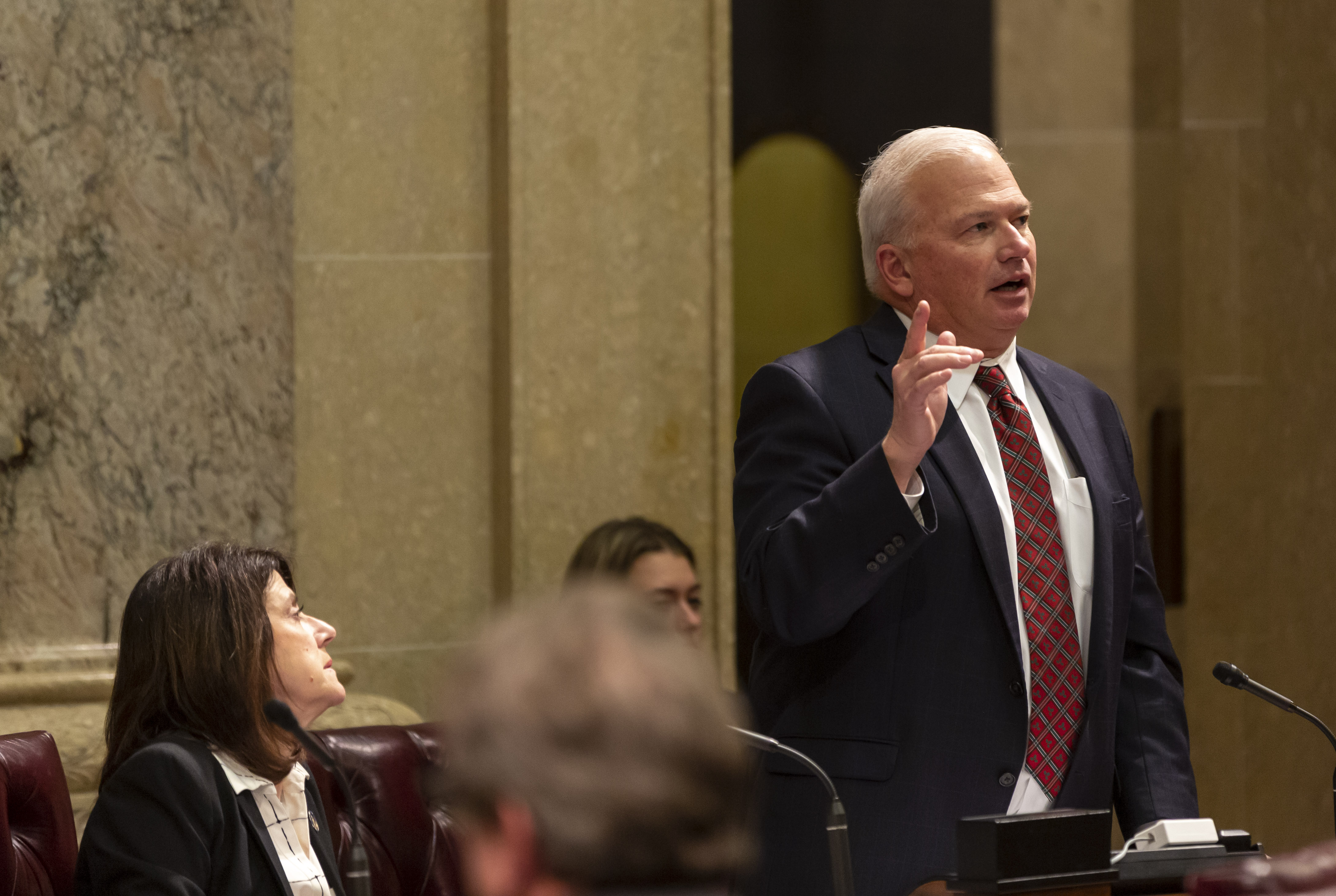




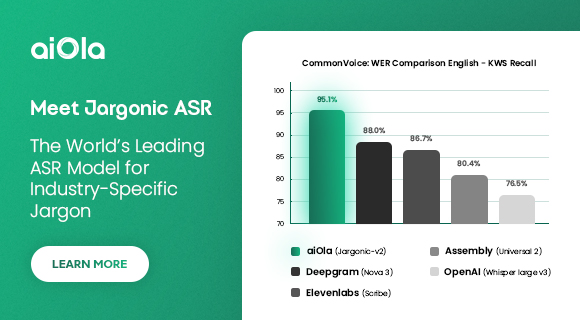
 English (US) ·
English (US) ·